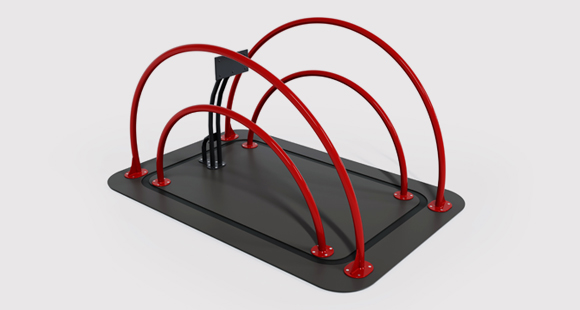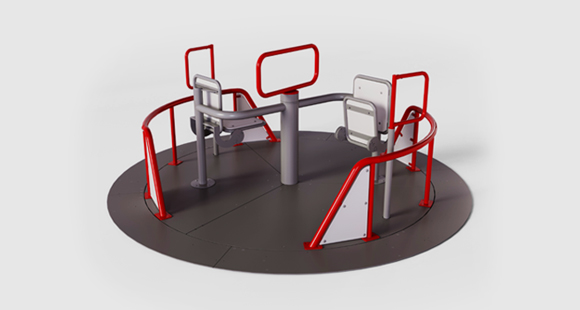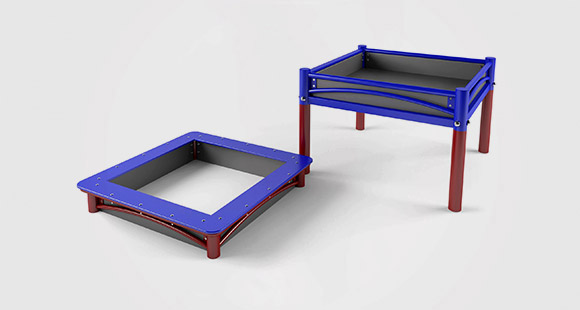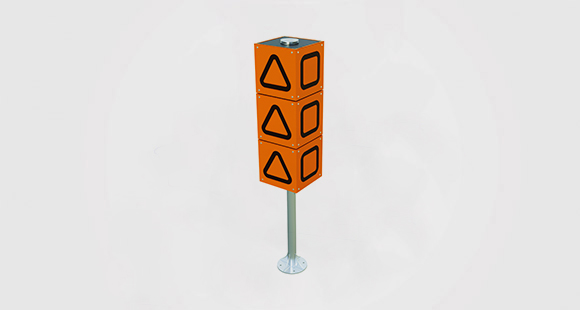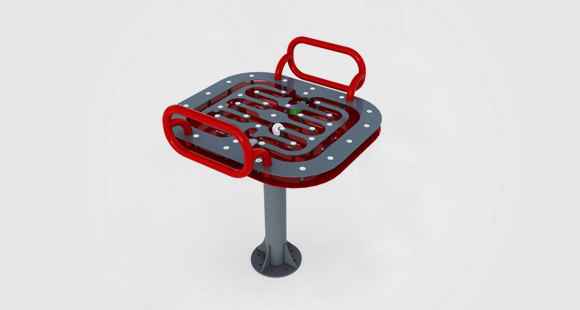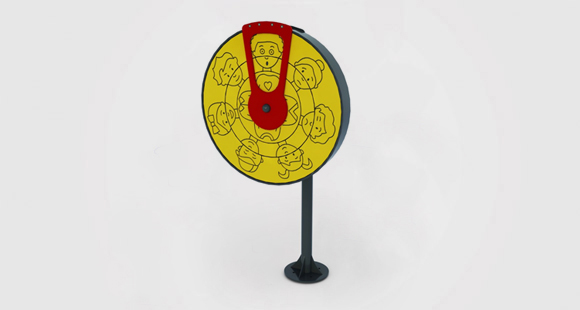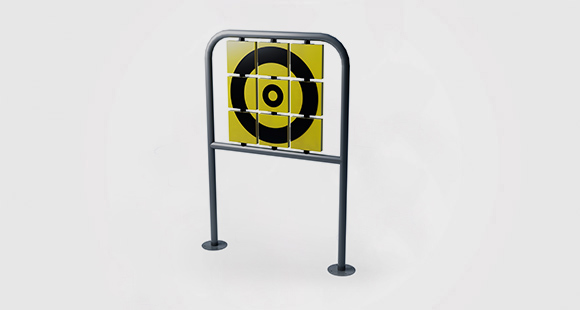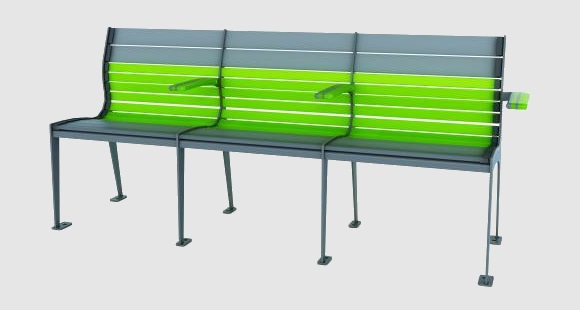Medical devices We design to help
Accessible public playground
City parks, lawns and squares, public playgrounds and outdoor gyms must meet the accessibility criteria as the facilities that are friendly to all residents, regardless of their level of ability.
Does every playground have to be accessible?
Yes! Every child has the right to play and has a need to play, regardless of their level of fitness. However the right place where it will be possible is required. The UN Convention on the Rights of the Child states that "All mentally or physically disabled children should enjoy a normal life in conditions guaranteeing their dignity, facilitating the child's active participation in society. Children have the right to rest and free time, to participate in games and activities. recreational ". (Articles 23 and 31 of the Convention). Unfortunately, in practice, these provisions apply only to non-disabled children.
A playground with various levels of difficulty and equipped with appropriate devices will allow you to make your dreams come true, but also the law. An inclusive playground is a place for everyone, able-bodied and disabled, without segregation, exclusion or borders.
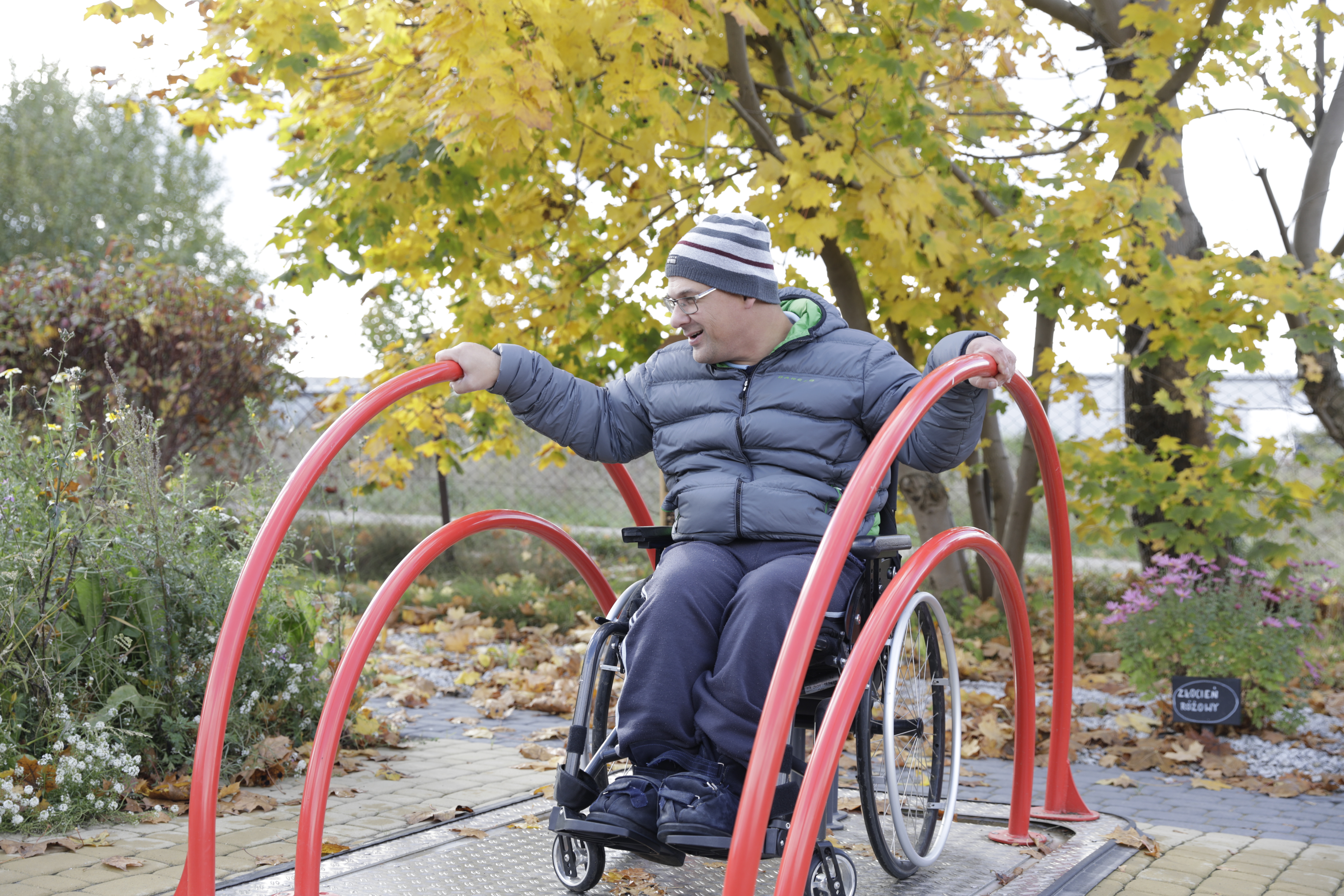
Fake accessibility
More and more cities develop and apply public space accessibility standards. They refer to recommendations for architectural solutions in many spheres of public life, but too often they omit playgrounds and recreational space. Despite the existence of standards, they are still actually a recommendation and not an obligation for designers. They are also not a clear criterion for project evaluation, and the declared level of availability of the designed solutions is not subject to verification. Often, the selection criterion is also the price - only the cheapest devices are included in the project as inclusive devices, not always properly designed and actually available for people with different levels of fitness.
Such a situation results in the creation of further pseudo-accessible playgrounds, i.e. those where the installed devices are not available (despite the name or manufacturer's declaration) or good, inclusive devices are designed in such a way that there is no access to them, e.g. elevated sandboxes installed in the sand or grass that a wheelchair cannot ride on or playground obstacles that a wheelchair user can not pass.
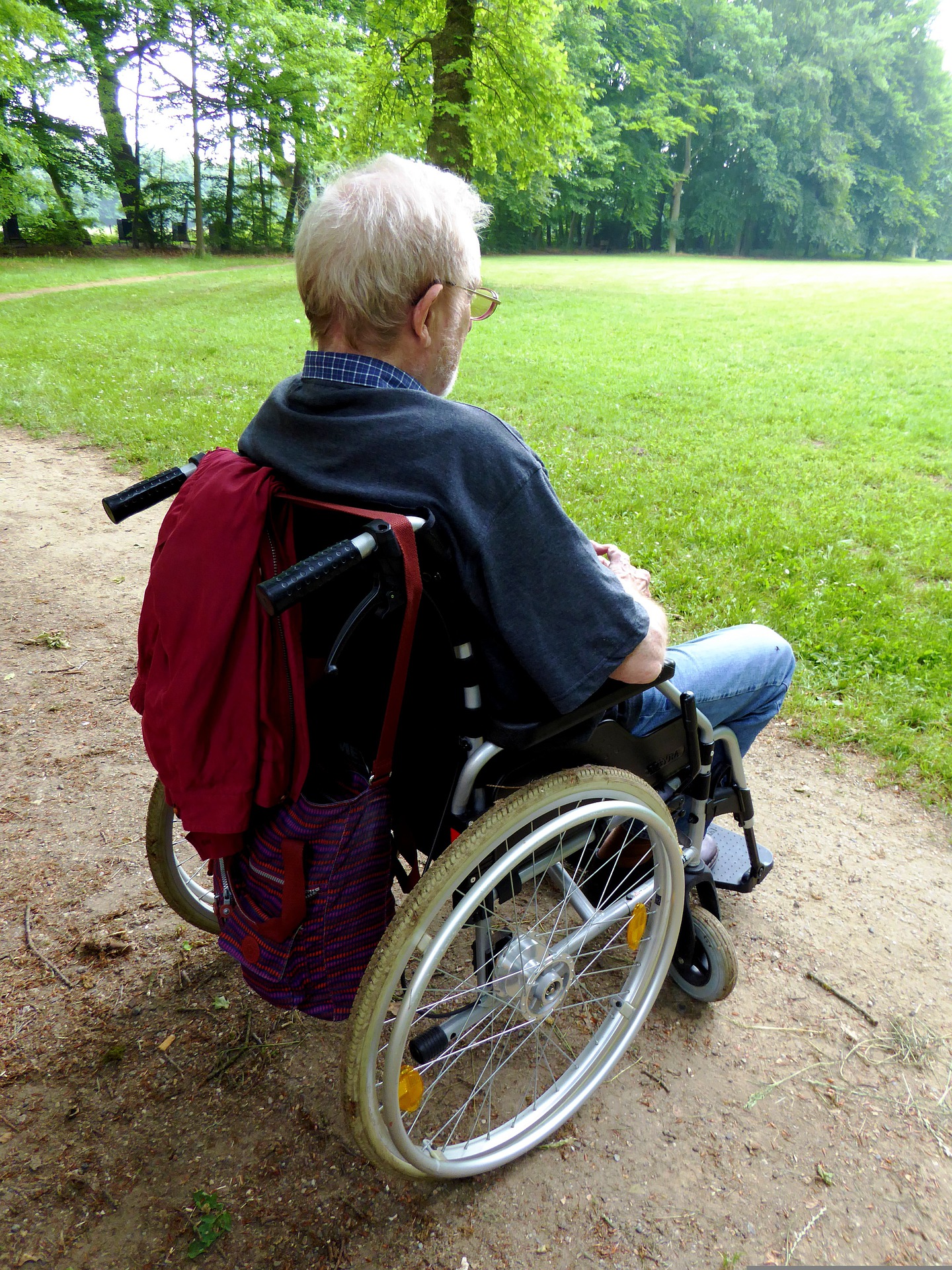
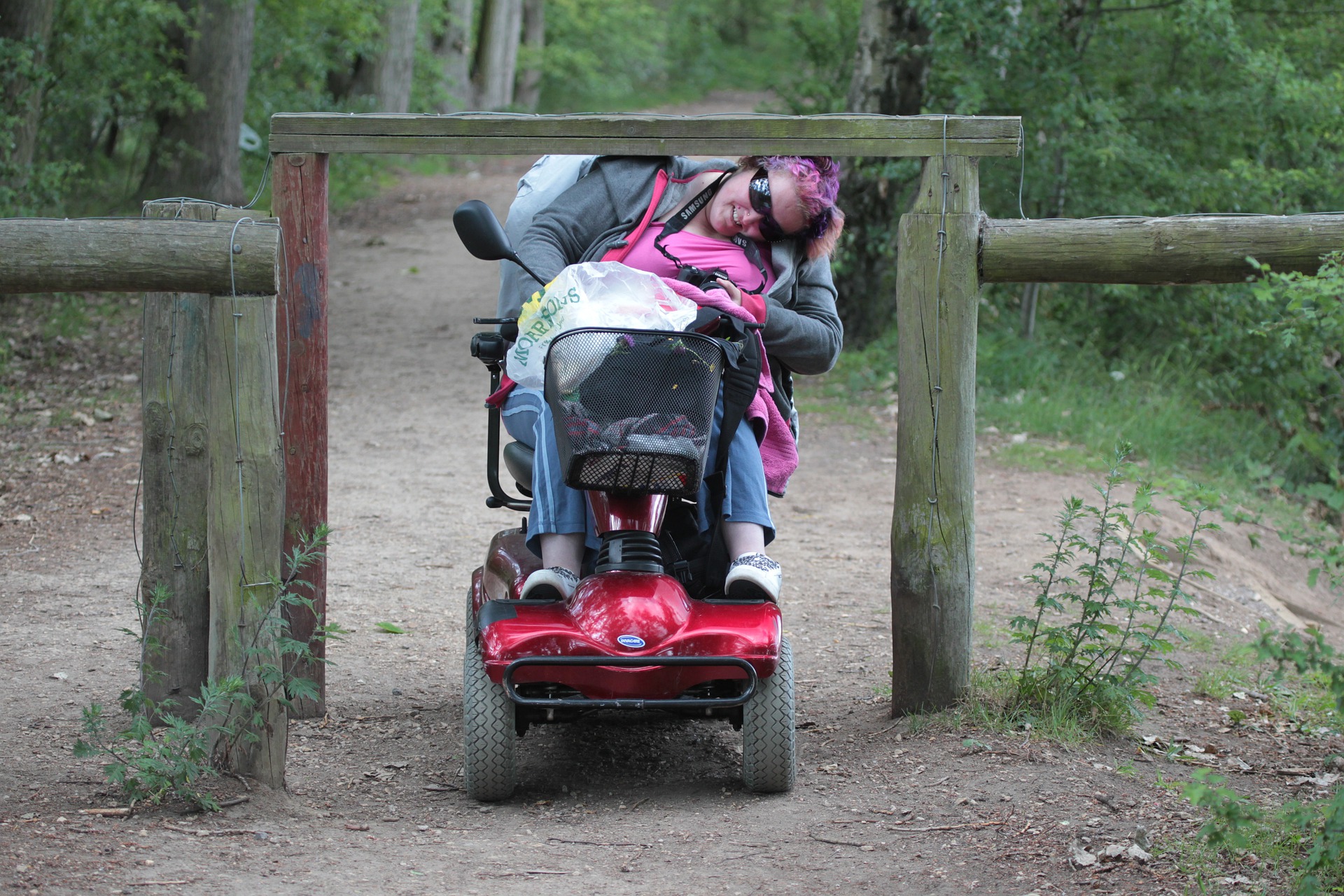
Can children without disabilities use inclusive devices?
Of course! Inclusive devices can be used by all children, regardless of their level of ability. However, it is worth being careful not to buy devices dedicated only to people with disabilities, because such devices exclude the possibility of using them by non-disabled people. A very common mistake is to install such devices on public playgrounds in the hope of meeting the accessibility criterion.
Only inclusive devices, which are designed with all users in mind, give the possibility of safe, interesting and equal fun, and they should be found in public playgrounds.
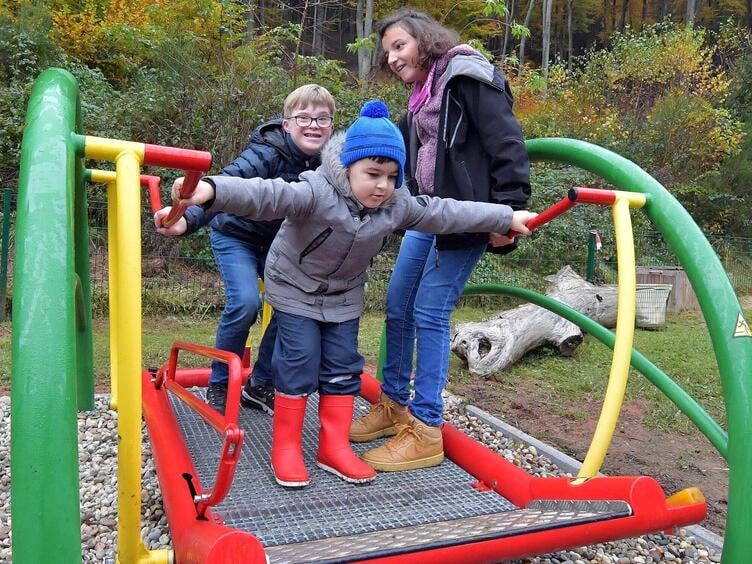
Accessibility pays off!
Inclusive devices are:
- savings - one set of devices is installed for all
- meeting the requirements of universal design and accessibility standards
- the opportunity to play for children who have not been able to experience it on an equal level of engagements with others yet



